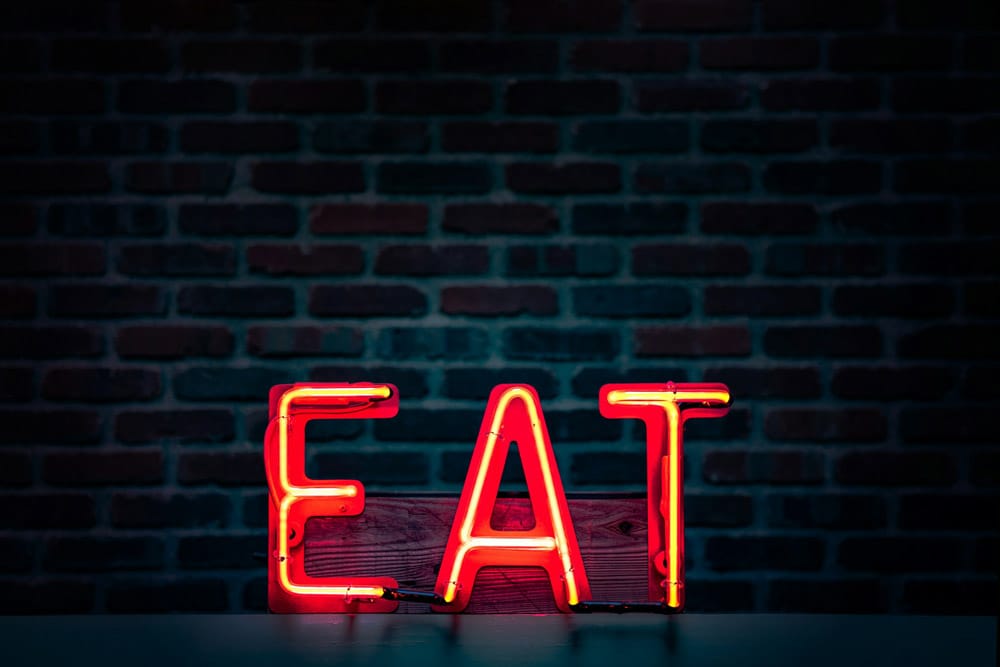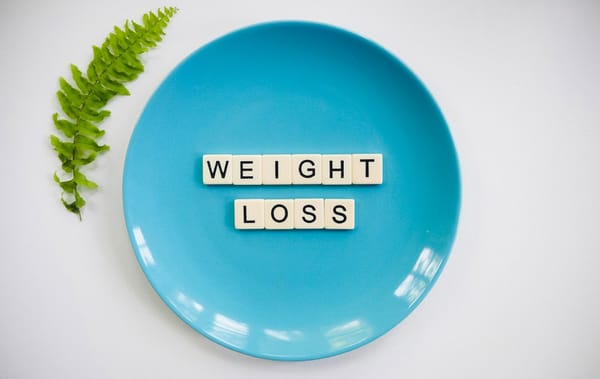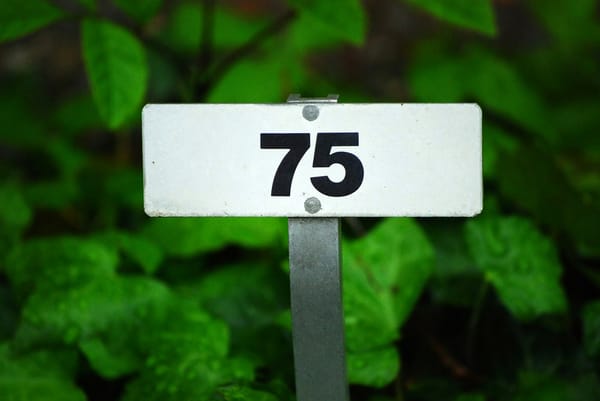The Relationship Between TDEE and Cravings: What Your Body Is Telling You

Have you ever had a strange urge to eat something sweet, salty, or carbohydrate-rich all of a sudden? In such cases, your body expresses itself in a language that you have yet to decode.
By understanding the relationship between TDEE and cravings, you can read these body signals and choose food wisely. Let's take a look at the true meaning your body is trying to communicate whenever you have cravings.
What is TDEE Anyway, and Why Is It Important?
Now, TDEE stands for Total Daily Energy Expenditure, which is the total number of calories that the body burns in one day. This doesn't only involve exercise. TDEE comprises a number of components, each reflecting something associated with the body's continuous sustenance of life, the very nature of its projects all carried out until the intense workouts.
So, what are these components? Let's look into them one by one.
- Basal Metabolic Rate (BMR): The number of calories the body burns even at rest, in keeping its organs functioning. It is the least energy needed by the body to survive in such a way that its heart beats, respiration takes place, and thinking processes in the brain are active. BMR constitutes the largest part of the calorie burn; within it a person uses every day, reaching around 60–70% in most cases.
- Physical Activity Level (PAL): This is quite basically the energy that is expended by a person's own initiative to move. It comprises anything from structured exercise, like gym workouts, running, playing sports, manual physical jobs, and walking on the other hand. So, the more physically active the person is, the higher this number.
- Thermic Effect of Food (TEF): Indeed, your body burns calories while digesting and processing the food you eat. This calorie amount might not be gigantic; still, it counts: different macronutrients have a different effect on it. For instance, the digestion of protein requires a higher energy cost than that of fats or carbs.
- Non-Exercise Activity Thermogenesis (NEAT): It is all the small activities one may do every single day, outside of formal exercise, like tapping one's feet while seated, standing, walking about the house, or even fidgeting. Individually, these activities may not add up to very much, but they can sum up to quite an appreciable amount of calorie expenditure when added together over time.
When you put all the above components together, you get your TDEE, a total number of calories required per day for your body to work correctly. Eating fewer than the TDEE pounds might be low; the body's reaction shaft involves cravings.
What Triggers Cravings?
The reason behind cravings isn't all that simple; in fact, it's a pretty mysterious feeling. Most of the time, however, it tends to be your body's built-in ways of signaling that something is not in order, mostly energy or nutrients. And once again, TDEE walks in to take a huge load on this equation.
1. When Not Enough Calories Are Taken (Caloric Deficit)
Imagine that you are on a diet and cutting calories back to some extent for reasons of losing weight; that is okay. But if you chop too many calories and are eating consistently below TDEE, then there will come a point where the body will register it, and hunger will start showing itself louder. Not just the normal hunger but powerful cravings mostly for high-calorie, instant-energy foods.
We are talking about things like:
- Chocolate bars and candies (a craving for sugar in order to provide quick energy)
- Bread, pasta, and chips (stimulating carbs that can get turned into fuel rapidly by the body)
- Fat-laden things like cheese or burgers (very energy-dense in addition to filling)
This sort of craving goes out as an SOS from the body: "Hey! I am really running low on fuel. Can you please help me out for that need right here with some quick energy?" The longer you find yourself in a big caloric deficit, the louder these cravings can get and the more frequent they'll come calling.
2. If You Are Very Active but Not Refilling Enough
If you are an athlete or someone who regularly trains, their TDEE goes higher due to this. That is burning calories constantly, particularly in PAL, and sometimes in TEF, if that person is putting away a lot to refuel it.
When energy output exceeds input, that is, when calories burnt actually exceed the intake, you will start feeling physically drained and extremely hungry. Under these conditions, the cravings are very specific to the cases.
For example:
- Salty foods could be a sign that the body needs to replace lost sodium through sweat.
- Protein-sensitive foods such as eggs, meats, or legumes may be a signal that your muscles need repairs.
- Starchy carbs like rice or potatoes could be a signal for refilling the glycogen stores after the hard workout.
Cravings for these foods aren't indulgent; those are necessary. Here's your body working hard, asking you to return the favor in a proper replenishment.
3. Craving While Not Active
In this situation, we switch the players: you are in an office job, less active during the day. That means TDEE should be lower. You burn an under-order of calories.
Why then, night after night, do you find yourself hankering for food? Well, there are several explanations to that:
- Blood sugar swings: Refined carbs or sweet-based snacks with the usual low activity level could cause crashes and sugar cravings.
- Boredom: This is hunger by another name, as systematic eating is done out of boredom when someone is sitting idle or in front of a screen for long hours.
- Poor sleep: A sedentary lifestyle can often jinx the quality of sleep. Lack of sleep can increase food cravings, especially for fatty or sweet things.
In this case, cravings act more as signals from the body to express due to some form of discomfort, comfort, or stimulation. The trick, then, is to listen to your body and differentiate when it is actually calling you hungry or yearning for something else.
How to Deal with Cravings without Losing Control
Understanding cravings is the first step. The second step consists of responding to them wisely, thereby allowing no derailment of one's goals.
If You're Undereating
- Increase caloric intake to match your TDEE if you're experiencing intense cravings.
- Space meals throughout the day to provide consistent energy.
- Choose whole, fiber-rich, nutrient-dense foods.
- Stick to structured meals instead of excessive snacking.
If You're Overeating
- Drink water first, sometimes thirst is mistaken for hunger.
- Eat more fiber and protein to improve satiety.
- Identify emotional triggers: are you bored, stressed, or tired?
If You're Active and Craving Junk Food
- Avoid justifying junk food with workouts, balance is key.
- Plan post-workout meals with lean proteins and complex carbs.
- Include natural electrolytes like bananas or leafy greens.
- Keep healthy snacks ready for quick energy boosts.
If You're Snacking Along While Being Sedentary
- Structure your day to avoid mindless eating.
- Take walking or stretching breaks to reset hunger cues.
- Prep meals ahead to discourage grazing.
- Get 7–9 hours of sleep to support hormonal balance and reduce cravings.
Hormonal balance, supported by proper nutrition, sleep, exercise, and stress reduction, plays a big role in the frequency and intensity of cravings.
Final Thought
Cravings are entirely normal. They are signals from your body, sometimes quite urgent, at other times subtle, but always readjusting themselves to what is wrong. Through understanding your TDEE and its possible influences, you are better placed to interpret those signals and make responses more beneficial to your health.
So, the next time you go for that packet of chips or chocolate bar, stop in your tracks, and ask, "Am I really hungry? Is my body low on energy or nutrients? Or is this just a moment of emotional comfort-seeking?"
It's okay either way. The more you understand your body, the better mitigating and responsive actions you can manifest, without guilt, without confusion, and with a whole lot more confidence.



